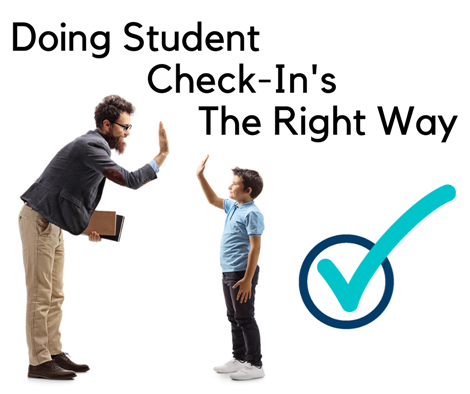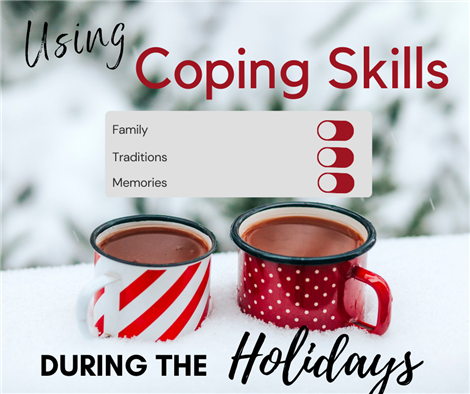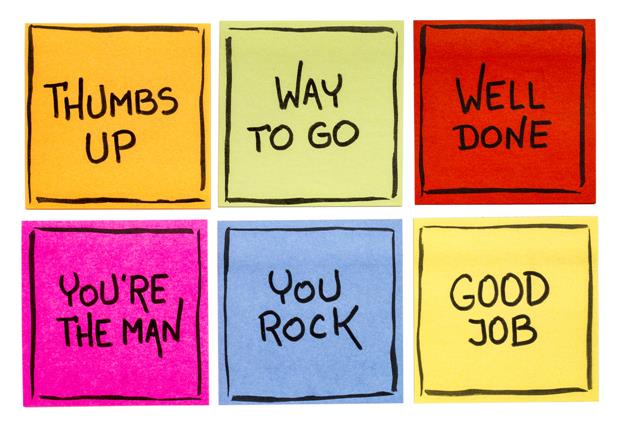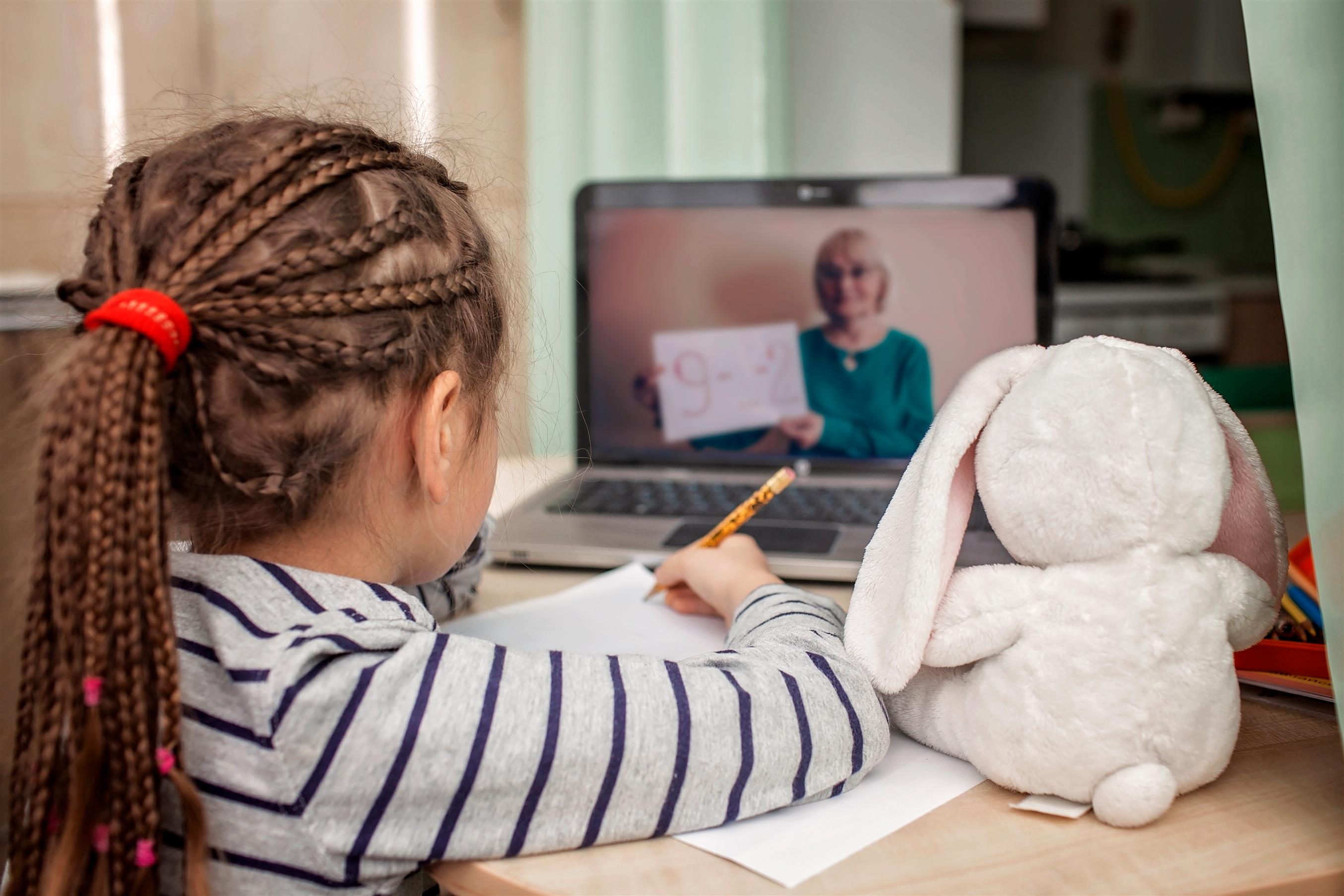Using Student Check-In's To Prevent Behaviors From Occurring
Checking in With Students to Prevent Negative Behaviors
We all know how chaotic the school day can be, but what if I told you that you could make a huge difference in the behaviors of some of the students in the school, making the day less hectic and stressful? You would be interested right? Today we will be talking about the importance of checking in with students and how doing these daily check-ins can help prevent unwanted behavior from occurring.
What should take place with these check-ins?
Before we go any further-- let me answer the most important question-- what should these check-ins look like? When checking-in with students, it is imperative that we focus on the positives rather than the negatives of the day. Why? Let me give you an example.
Let’s imagine you at work. You are working hard and doing the best you can. You check-in with students, you create engaging lesson plans, you try a new lesson, you make parent phone calls, you run around making copies, and the list goes on! How would you feel after all of this,your supervisor walked up to you and said “I saw a student with their head down in your class today. Please be sure that does not happen again”. This wouldn't make you feel good right? It might even ruin your whole day. You might think to yourself, “I worked so hard today and all you notice is the one problem that took place?”
This is exactly how a student may feel if you focus on the negatives and not the positives from the day. The key is to keep your check-in positive. What did the student do that day that was impressive? By pointing out the positives, the student will leave the check-in motivated to do better and in a good mood, setting them up for success the rest of the day and preventing unwanted behaviors.
Who does check-ins?
There is a misconception that only school counselors can do check-in with students because they understand student behavior; however, the reality is that everyone in the school building can be doing check-ins with students. Check-ins do not need to be a formal process; it can be as simple as having a quick conversation with a student and reinforce the positive behaviors they have displayed so far throughout the day.
All staff members can check in with students. Ideally, this would be teachers, special education staff, paraprofessionals, coaches, counselors-- anyone with a flexible schedule. It is also imperative that these check- ins occur with a staff member that has a positive relationship with the student; students are more open to feedback from those they look up to and respect and are eager to please.
How often should check-ins occur?
Check-ins should be done daily. In fact, these check-ins should be done twice a day-- once in the morning and once in the afternoon.
It is always a good idea to start off the day seeing how the student feels. Are they having a bad day? Are they stressed? Is there anything they need from you in order to feel successful that day?
The afternoon check in is just as important. The school day can be stressful, and these stressors can be building up within the student. By checking in, it gives the opportunity for the student to release their stress and for you to address potential problems before they arise.
The importance of rewards
Yes! We want to reward students for their positive behaviors. These rewards can take place on a per student basis. Some students will benefit from a reward at the end of each day and others will benefit from a reward at the end of the week-- it truly depends on the student.
These rewards should not necessarily be candy or toys. This is because these extrinsic motivators do not help in the long run. Yes, students will enjoy the reward at the moment but our goal of these rewards is to help them build intrinsic motivation. So, what could these rewards look like? Think about motivators in a classroom-- kids love the be leaders; therefore, these rewards could be leadership jobs such as line leader, teacher helper, board eraser, attendance monitor-- anything that puts the student in a leadership position.
The Takeaway
Daily check-ins are crucial to preventing unwanted behavior in students. Find a staff member who the student looks up to and respects and have that staff member do a check in twice a day- once in the morning and once in the afternoon. These check-ins should always be based on positives and not the negatives that took place throughout the day to encourage the student. You should reward students at the end of each day or week (depending on the student) by giving them a leadership position to encourage them to continue the wanted behavior and to help them build intrinsic motivation.
Doing the above will help the school day be less stressful and chaotic for both students and staff members as well as building positive relationships among the school. That's the goal right? To help build our school climate and to help students manage their emotions in a positive way.







.png)